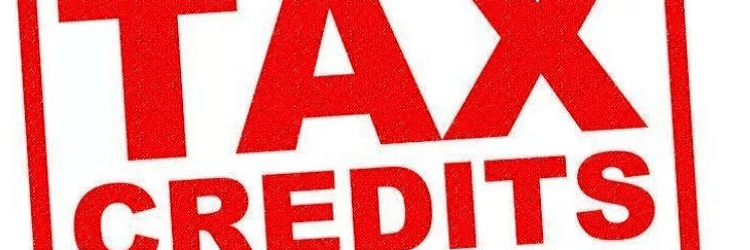
All about GST Input Tax Credit
GST Input Tax Credit, popularly known as ITC, is a highlight of GST India from its very inception. It is designed to bring Goods and Services Tax (GST) “a seamless flow of credit,” mitigating the cascading effect of various taxes and the non-availability of credit across different taxes that exists under the country’s present taxation system.
“Input Tax Credit (ITC)” means the availment of credit for input taxes paid.
“Input Tax” refers to the GST charged on goods/services used or intended to be used for the furtherance of the business of the taxable person. It excludes any GST paid on a reverse charge basis.
Availability of Input Tax Credit
There are a few conditions to the Input Tax Credit, including:
- The taxpayer should have a valid tax invoice/debit note or other prescribed document
- The taxpayer has received the goods/services; if goods are received in lots, then the point of receipt for the purpose of ITC is the last lot where goods were received The supplier of goods/services has paid by cash or credit to the appropriate authority the tax charged on the goods/services
- The taxpayer has furnished a GST Return
Time limit to avail the GST ITC
The ITC of an invoice can be availed within one year from the date of invoice/debit note. It should be claimed before filling the GST return for the month of September following the financial year to which that invoice pertains, or before filling the relevant annual return, whichever is earlier.
Utilization of Input Tax Credit under GST India
GST has 3 components: CGST, SGST and IGST.
- CGST (Central GST) : Levy on supply of all goods and/or services within a state by the central government
- SGST (State GST): Levy on supply of all goods and/or services within a state by the respective state government
- IGST (Integrated GST): Levy on all interstate supplies of goods and/or services by central government
Unlike the present tax scenario, all three components of GST can be used against each other. Below is the snapshot of how these components can be used:
- CGST against IGST
- SGST against IGST
- IGST against CGST and then SGST
The ITC becomes available for utilization by crediting the “Electronic Credit Ledger” of the taxpayer maintained on the Common Portal with the GST administration department.
The ITC can’t be utilized against tax outflow for the taxable supplies/zero rated supplies, and it can’t be used if the business is for nontaxable supplies/exempt supplies/nil rated supplies.
If the input goods/services are used partially for business purposes and partially for nonbusiness purposes, then the input credit is available proportionately.
The unutilized balance can be refunded only in 2 cases:
- If the taxpayer is in the business of exports
- If the GST rate of output supplies is less than the rate applicable on input supplies
The ITC balance uploaded from returns filed under earlier laws will be auto populated in this electronic credit ledger for the stock of inputs, semi-finished goods, and finished goods on the date of transition, and then on the basis of GST return with the amount of tax claimed to be paid on input supplies.
The authorities will reconcile the details of inward supply furnished by receiver with the details of the outward supplies furnished by corresponding supplier. If there are mismatches, then the ITC claimed will be reversed and notification will be sent to both receiver and supplier. The amount of tax will be added to the output liability of the receiver. If the supplier deposits the tax and rectifies his GST Return within the prescribed time frame, then the receiver can reclaim the input credit by reducing his output liability. However, this is not correct for all cases. Let us see the impacts of GST on eCommerce business:
Ecommerce is the selling and/or buying of goods/services over an electronic or digital network through a platform. The person who owns, manages, or operates such platform is called an “eCommerce operator.”
All the sales done on the eCommerce platform are liable for GST, and the liability lies with the eCommerce operator. The eCommerce operator must pay it and file an electronic statement containing details of amounts collected and respective supplier details. GST so paid by an operator will be treated as tax paid by the supplier and will be available as a credit to the supplier in the “Electronic Cash Ledger.” The authorities will match the supplies filed by the eCommerce operator with the outward supplies of the supplier, and if there is any discrepancy, the supplier will be liable to pay the difference.
In the era of automated and highly integrated online GST in India, it is essential to automate the GST inputs and output calculations by using GST Software. Tax automation software facilitates the filling of GST returns and enables businesses to run with minimal administrative hassles.
Avalara’s GST compliance solution helps you track reconciliation mismatches and timely suggests efficient disbursement of input tax credit. To know more visit, https://www.avalara.com/in/products/gst-returns-filing
This blog is contributed by CA Cherry Bansal.


